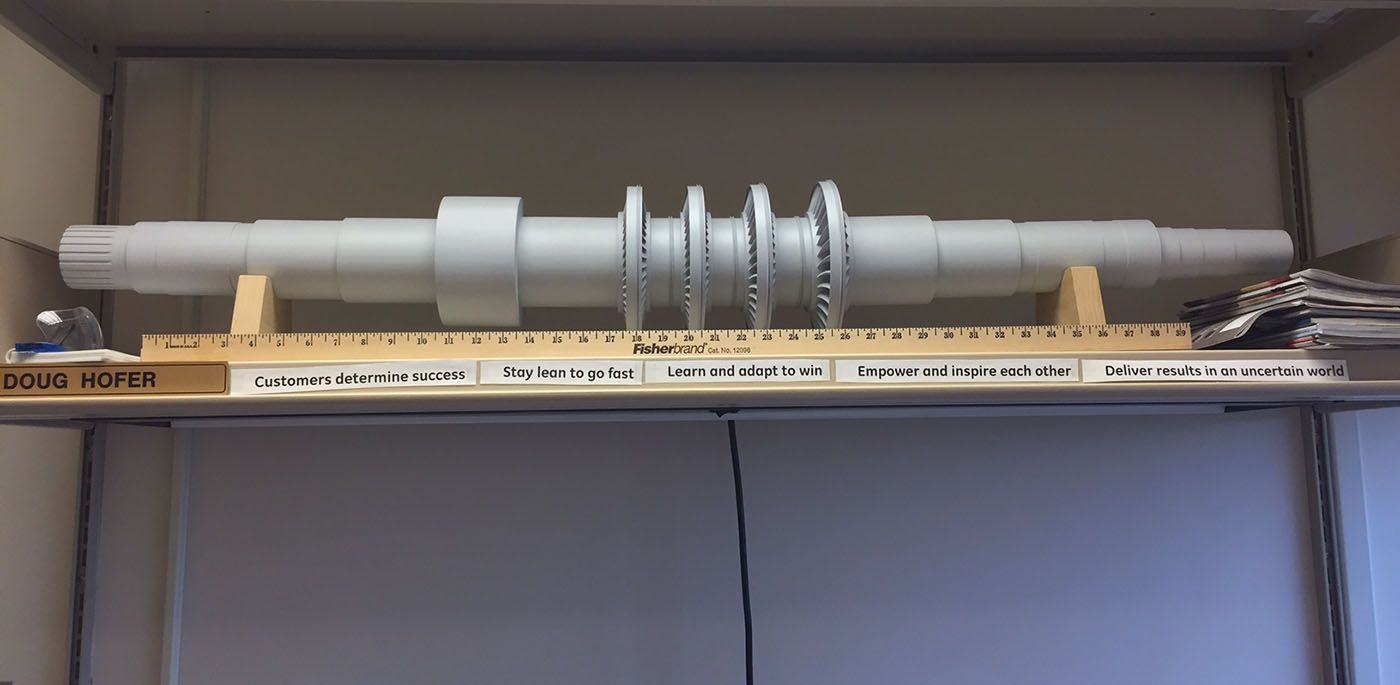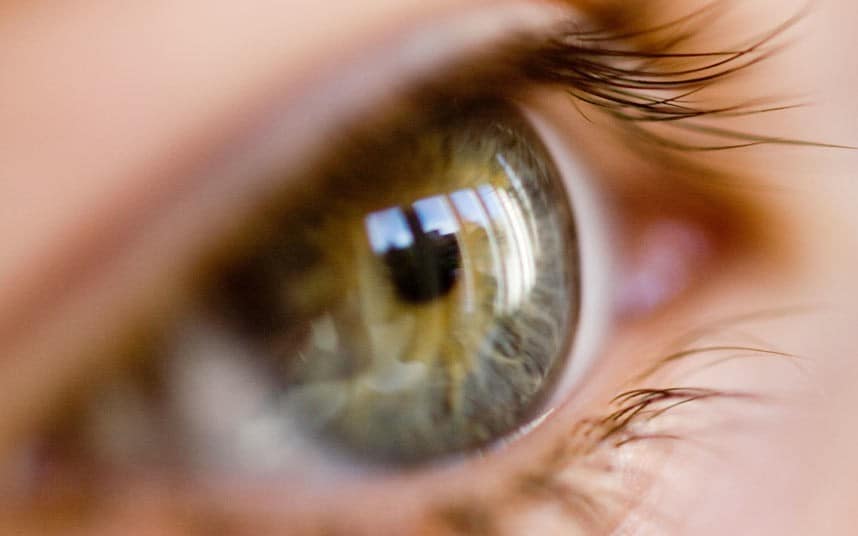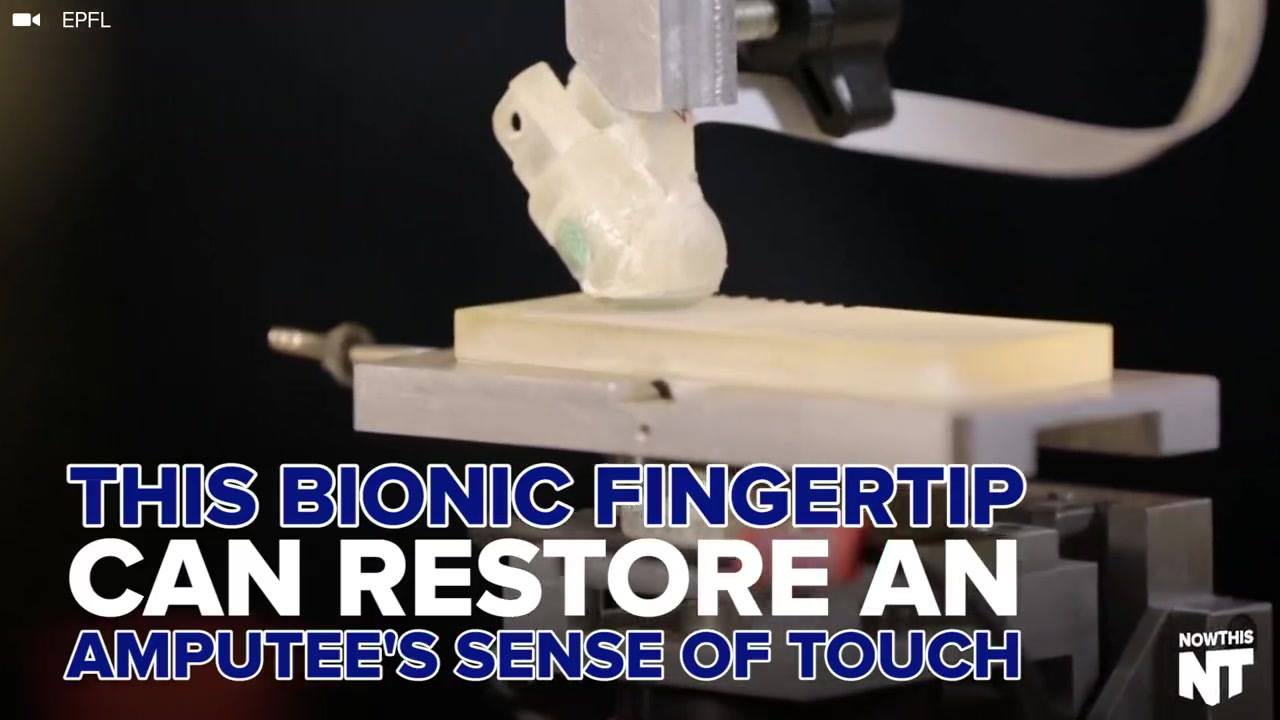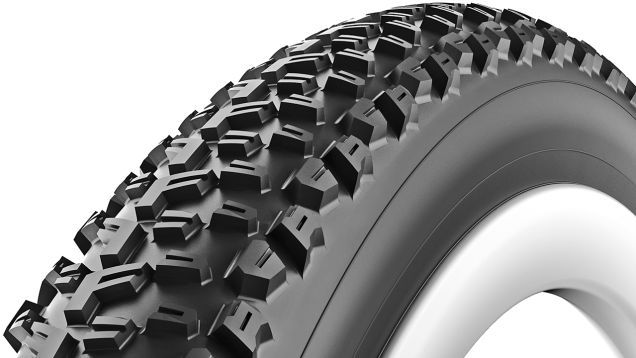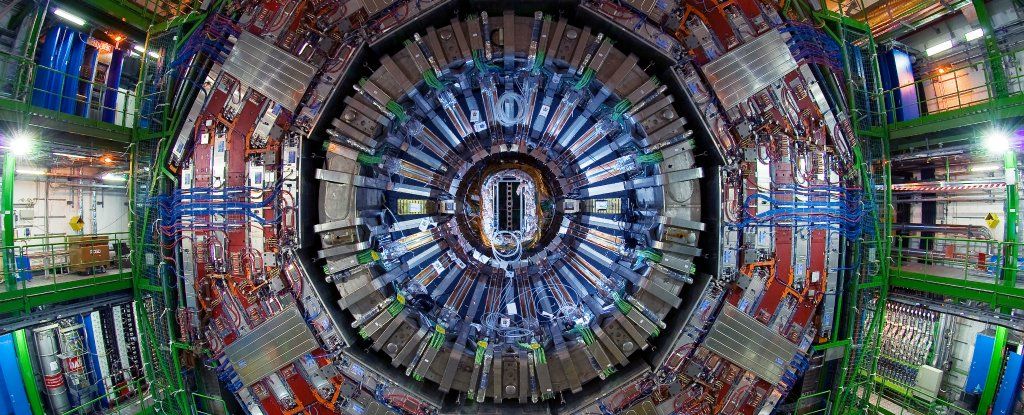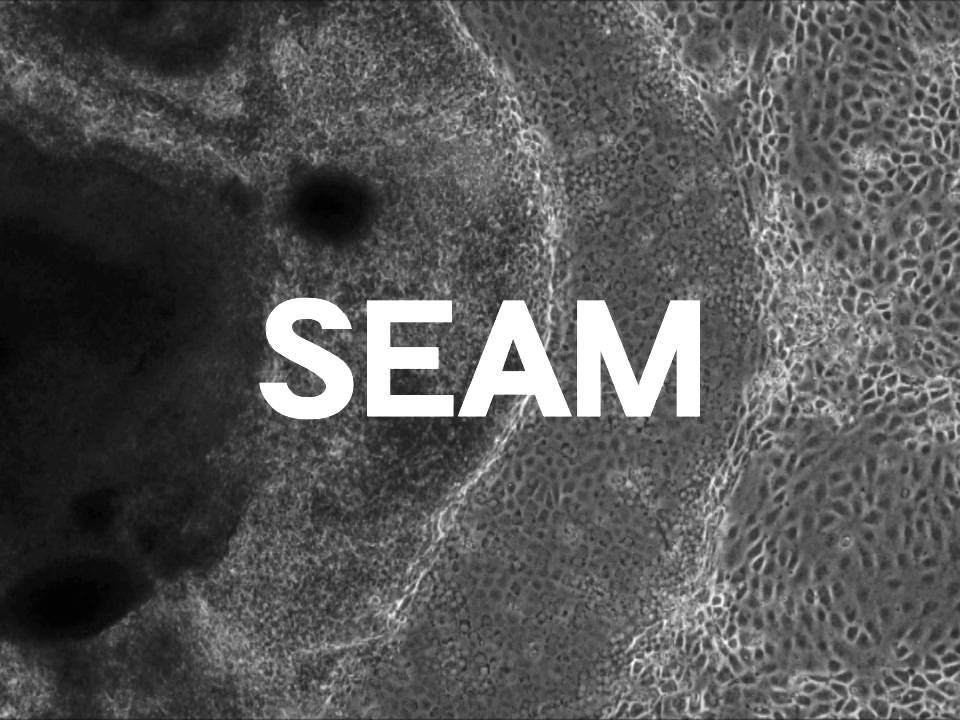Two big problems have been vexing environmental scientists for decades: How to store solar energy for later use, and what to do with CO2 that’s been captured and sequestered from coal plants? Scientists from General Electric (GE) could solve both those problems at once by using CO2 as a giant “battery” to hold excess energy. The idea is to use solar power from mirrors to heat salt with a concentrated mirror array like the one at the Ivanpah solar plant in California. Meanwhile, CO2 stored underground from, say, a coal plant is cooled to a solid dry ice state using excess grid power.
When extra electricity is needed at peak times, especially after the sun goes down, the heated salt can be tapped to warm up the solid CO2 to a “supercritical” state between a gas and solid. It’s then funneled into purpose built turbines (from GE, naturally) which can rapidly generate power. The final “sunrotor” design (a prototype is shown below) would be able to generate enough energy to power 100,000 homes, according to GE.
